
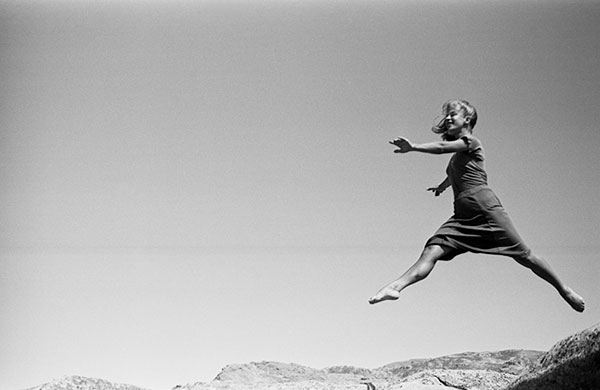
Ellen Auerbach. Photographic works
The bequest of artistic photography by Ellen Auerbach (1906-2004) comprises about 400 mounted prints authorised by the photographer in her lifetime and about 3,000 negatives with about the same number of prints. The photographs, taken between the late1920s and the 1980s, include portraits and commercial works by the photography studio ringl + pit, which Auerbach ran with Grete Stern until 1933 in Berlin, photographs taken during her exile in Palestine, England and the United States and on her many journeys to places such as South America and Europe.
(3022 titles)
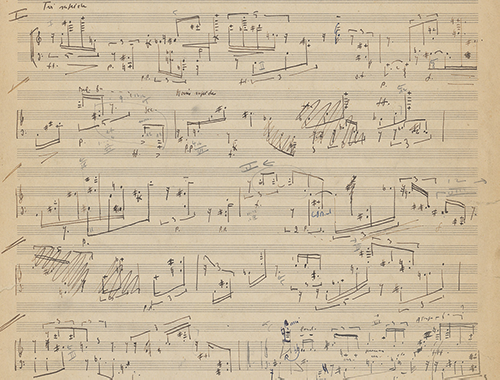
Jean Barraqué. Sonate pour piano
French composer Jean Barraqué (1928-1973) was one of the most important representatives of serial music. The Jean Barraqué Archive centres around materials on the Sonate pour piano written from 1950 to 1952, which the Akademie der Künste was able to acquire while preparing a critical new edition of this work. Numerous sketches show the development and compilation of the basic construction elements. A draft containing the almost complete sonata is of particular significance, even if it does not always correspond with the definitive progression, and its particell-style notation make up to four staves of the multi-layered construction particularly easy to identify.
(9 titles)
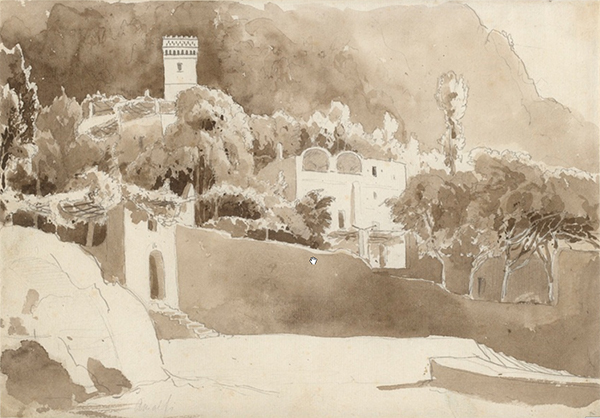
Carl Blechen. The Amalfi sketchbook
The Amalfi sketchbook is arguably the highlight of the Akademie der Künste’s collection of artworks by Carl Blechen (1798-1840). The entire bequest comprises about 200 works, altogether, including about 40 oil sketches. In 61 delicate drawings, executed in sepia ink over preliminary sketches in pencil, the artist captured the landscape he roamed on a trip to Italy in 1829. Blechen acted as professor of landscape painting from 1831 and was appointed member of the Prussian Academy of Arts in 1835.
(61 titles)
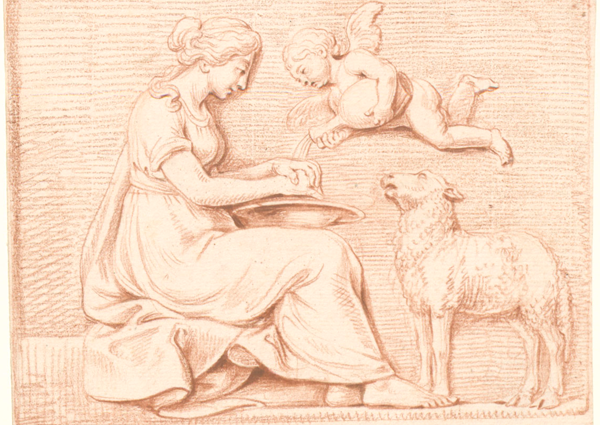
Daniel Chodowiecki. Sketches for the sculptural decoration of the Französicher Dom
As initiator of a reform that established the Akademie der Künste as an artists’ society in 1790, and as its rector and director, the painter and printmaker Daniel Chodowiecki (1726-1801) was one of the defining figures of the Prussian Academy of Arts. His series of 42 sketches executed in red chalk serve as designs for the sophisticated sculptural programme of the tower which was built next to the Hugenot church on Berlin’s most elegant square, the Gendarmenmarkt. They bear a special place in Chodowiecki’s oeuvre, offering a fascinating glimpse into Chodowiecki’s intensive and unique engagement with the art of sculpture. As counterparts to the designs by his friend and competitor Rode for the tower of the Deutscher Dom, which is located on the opposite side of the square, the ensemble provides insights into the art of sculpture in Frederican Berlin.
(42 titles)
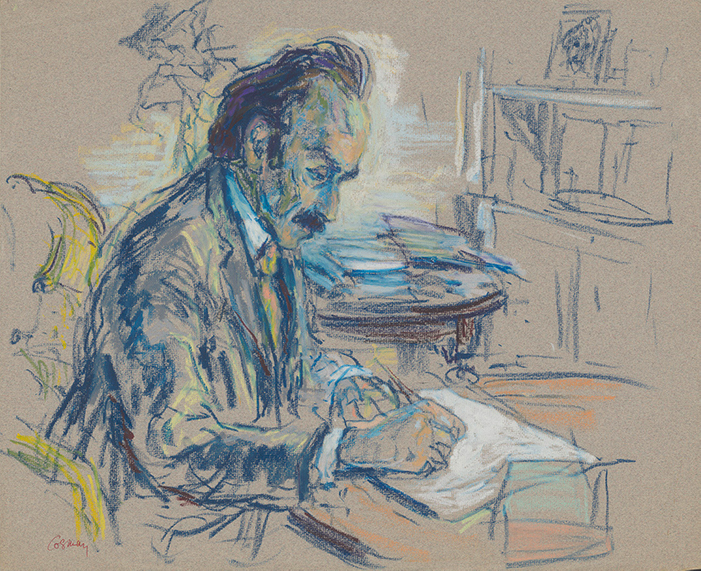
Milein Cosman
Milein Cosman was born in Gotha in 1921. She spent her childhood in Düsseldorf and Switzerland before emigrating to London in 1939. Here she was reunited with her family, who, having been prosecuted as jews by the Nationalsocialists, was forced into exile. In England she found a new home, studied art and soon estamblished herself as an illustrator, specializing in portraiture. Her numerous portaits of artists are especially remarkable. This body of work may be regarded as a mirror the cultural scene in post-war Britain, highlighting the impact of German emigré artists on cultural life. Celebrating the artist’s 100th birthday, this virtual exhibition offers a selection of prints and drawings which were given to the Akademie der Künste by the artist shortly before her death in 2017.
(27 titles)
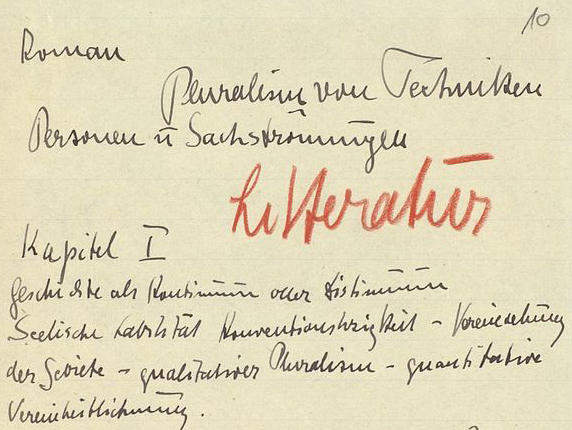
Carl Einstein. Works and letters
Carl Einstein (1885-1940) was one of the most important art critics of the early 20th century, whose programmatic writings influenced the contemporary art scene. With his experimental prose, a few stories and the novel Bebuquin oder Die Dilettanten des Wunders, he played a significant role in literary Expressionism. The archive and collection encompass work manuscripts and notes, preparatory work for major projects such as Handbuch der Kunst, Histoire de lʼart and Bebuquin II, excerpts and drafts, personal documents and photographs, along with collections of portraits, newspaper reports and letters to Tony Simon-Wolfskehl and Maria Einstein, among others.
More(441 titles)

Hanns Eisler in California and in East Berlin – Photos of Gerda Goedhart
Photographer Gerda Goedhart, who was born in Magdeburg (née Weimann, 1906-1993) spent more than three years in an internment camp in Japan towards the end of the Second World War before she was allowed to leave the country for California in 1946. There she met German emigrants Bertolt Brecht and Hanns Eisler again, among others, whom she had previously met in exile in London. In California, she created a first series of photographs of Hanns Eisler, who at the time was going through a serious crisis as he was being investigated by the House Committee on Un-American Activities (HUAC): Goedhart’s pictures show the composer pensive and weary outside the wooden house in Malibu on the Pacific coast where Hanns and Lou Eisler lived from 1945 to 1948.
(46 titles)
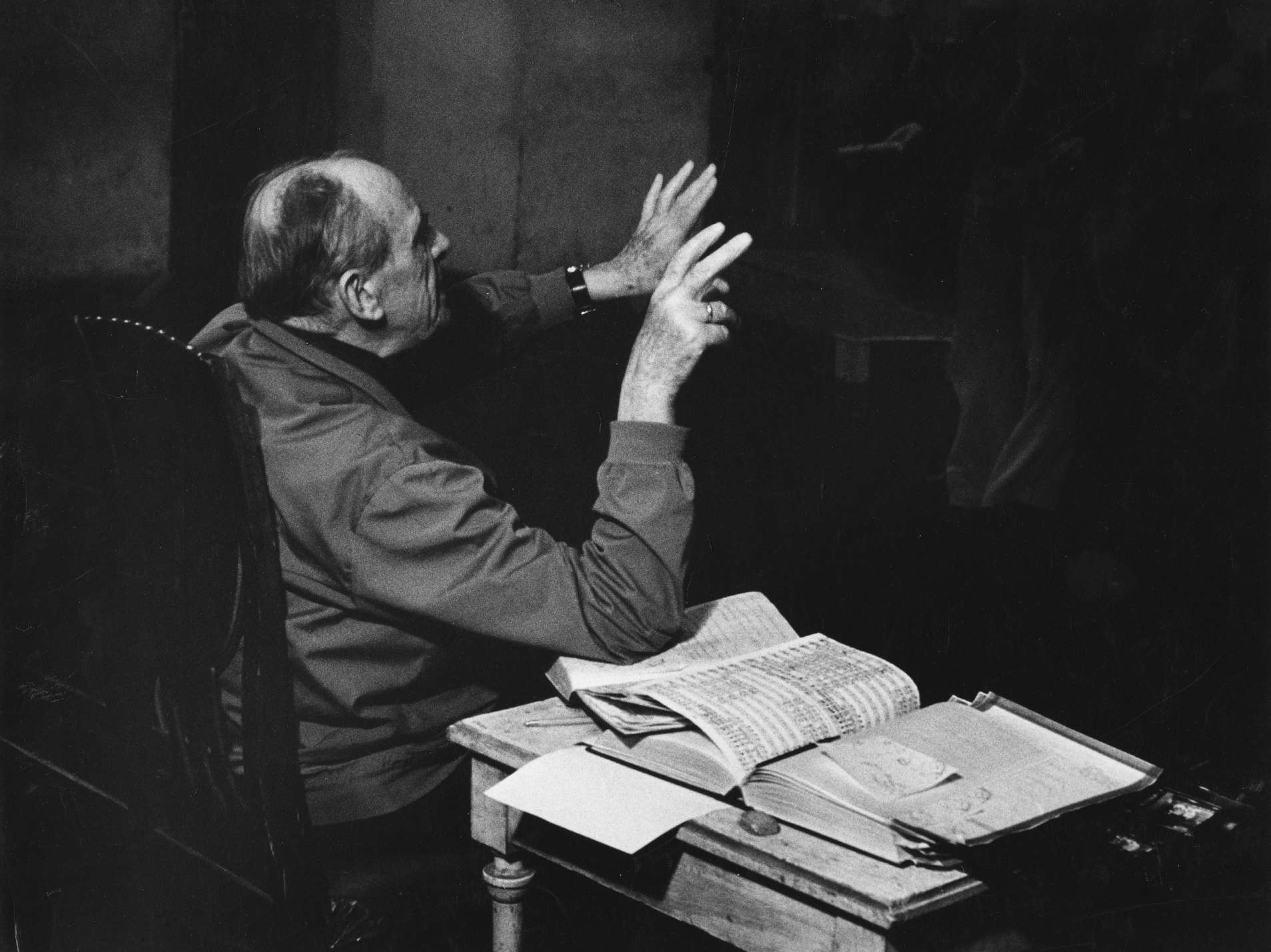
Walter Felsenstein. The Marriage of Figaro (1975)
When Wolfgang Amadeus Mozart’s opera The Marriage of Figaro premièred at the Komische Oper Berlin on 26/07/1975, it was Walter Felsenstein’s last staging. The director had struggled with the work for several decades but was clearly never satisfied with what he achieved. He had already staged the work three times previously, in 1934 in Cologne, 1942 at the Salzburg Festival and 1950 at the Komische Oper, which he founded. Having fully revised the German version of the text for the Berlin staging in 1950, he based the 1975 reappraisal on a new translation. After a two-decade break, Felsenstein once again examined the text in terms of conciseness, comprehensibility and plausibility and collated it down to the rhyme structure to Lorenzo Da Ponte's libretto.
(12 titles)
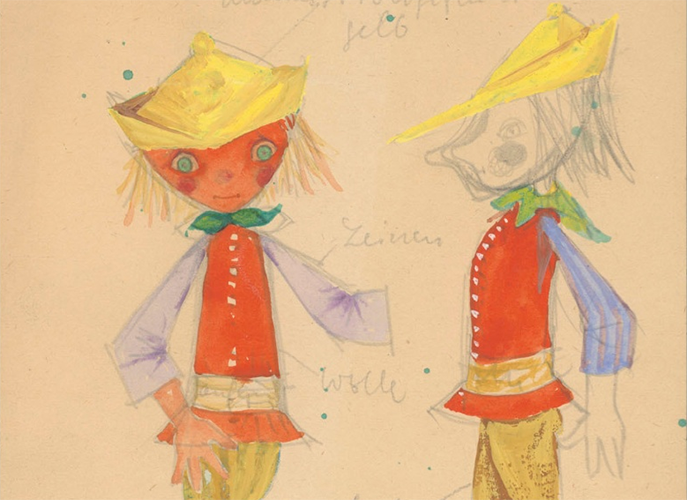
Achim Freyer. Works of visual art for the stage
Achim Freyer's design of the puppet figure of the "Brave Tailor" is representative of several thousand sheets of costume and stage designs as well as sketches for the musical and spoken theatre of the 20th century. From sketches, some the size of stamps, to elaborate stage designs and figurines, the diversity of the artistic work of the painter, director and stage designer Achim Freyer (born 1934) is represented. Optical scene sequences for selected productions are a special feature. These are elaborately produced small drawings in mixed technique, which were later often overdrawn and provided with handwritten notes or used as colour copies in individual parts for the work. Poster designs and drawings for animated and puppet films complete the collection.
(118 titles)
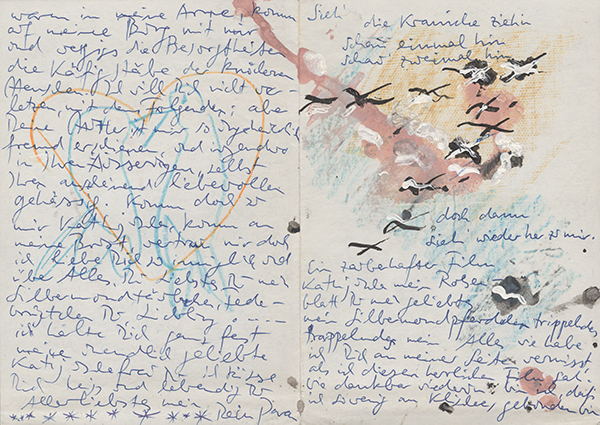
Paran G'Schrey. Letter drawings
Letter drawings by painter Paran G’Schrey (1927–1967). Paran G’Schrey, who was born in India, is considered to be one of the most important representatives of German Art Informel. He wrote the letters from 1956 to 1966 to fashion designer Katharina Schulze, who later became his wife, and to Horst Antes. They combine imaginative drawings, in which human forms, idealistic landscapes and bird motifs can be found, with poetic texts and personal messages.
(37 titles)
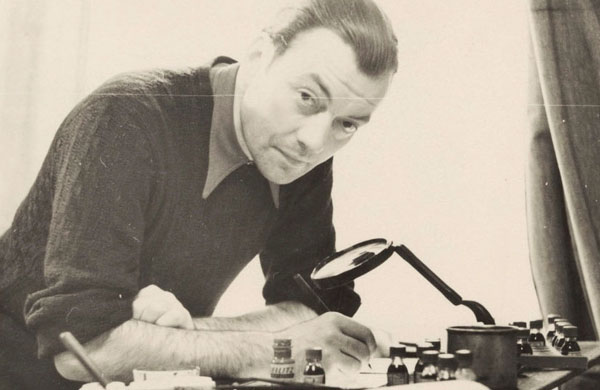
Hainer Hill. Photographs
The photographic bequest of set designer Hainer Hill (1913-2001) comprises material from 1950 to1970. Photographs of sets, movement sequences and details of rehearsals as well as private portraits of friends and acquaintances have been passed down. Many of these date from when he worked at the Berliner Ensemble at the invitation of Bertolt Brecht during the 1949/50 season.
Hill, who already knew Caspar Neher from his time as a set design assistant in 1935, was inspired by the collective work method at the Berliner Ensemble and, in addition to his set design work, also became a photographer. The selected photos here mainly show stagings in Berlin, including Mother Courage and Her Children, The Trial of Joan of Arc at Rouen, The Caucasian Chalk Circle, Don Juan and Mr Puntila and his Man Matti.
(25 titles)
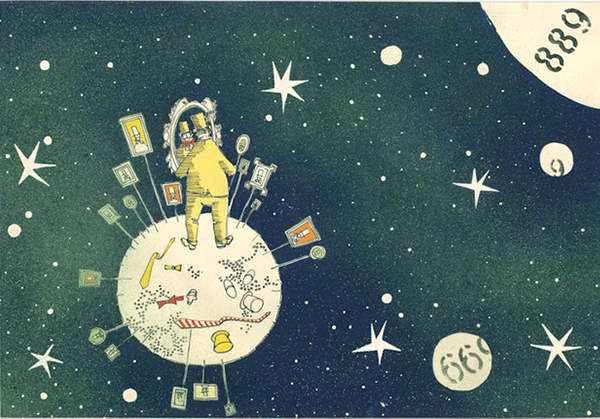
Alfred Hirschmeier. Pictures of scenes
Alfred Hirschmeier (1931-1996) is one of the most important German film architects. In particular, he designed imaginative buildings for numerous films as head set designer for the East German production company DEFA. He developed a special collage technique in the process. He laid transparencies over black-and-white photos of the real location and drew his colour designs onto these. These drawings have their own intrinsic artistic value. The collection comprises set designs for films by director Konrad Wolf such as Divided Heaven (GDR 1964), The Little Prince (DFF 1966), I was Nineteen (GDR 1967) and Solo Sunny (GDR 1978/79).
(512 titles)

Robert Kahn. Late chamber music
The digital collection shows a selection of the unpublished works by composer Robert Kahn (1865-1951) passed down solely in the form of manuscripts, including the Piano Quintet in D major from 1926, the Variationen über ein altes Lied for violin and piano, also from 1926, the Serenade for string trio (1933), and the two songs Ihr (lyrics: Irma Schneider-Franken, 1917) and Sehnsucht (lyrics: Ricarda Huch, 1920), which were originally intended to be published as part of a song cycle under Opus no. 72. The works mentioned above all fall within the composer’s later creative period when he was at the height of his fame. He was appointed an ordinary member of the Royal Academy of Arts in Berlin in 1916, then elected senator in 1917. The Serenade, on the other hand, Kahn’s last chamber music composition, marks the beginning of his “inner emigration”, before he had to leave Germany in 1939 having been stripped of all offices and honours.
(7 titles)
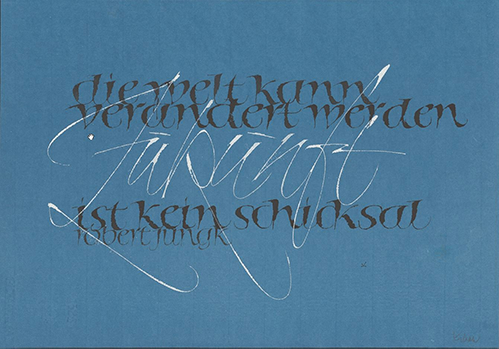
Calligraphy
The collection comprises about 1,900 contemporary calligraphy works and the corresponding documentation material. It provides an insight into the development of calligraphy over the last 40 to 50 years, Three main aspects are decisive here: Latin script, free handling of the form of writing and the constructed (designed) handling of characters.
(494 titles)
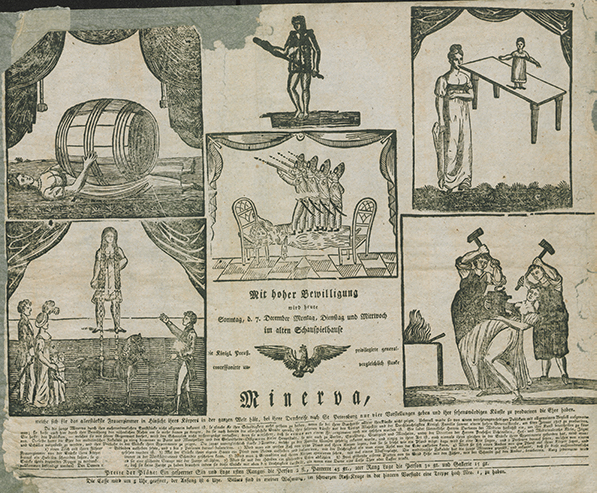
Königsberg playbills
The Akademie der Künste has in its possession 55 volumes of playbills dating from 1804 to 1873 that illustrate the history of the Königsberg Theater. They came from the Gesellschaft für Theatergeschichte (Society for Theatre History) and constitute the most extensive collection still in existence on Stadttheater Königsberg (Königsberg municipal theatre). The theatre playbills are posters that announced what show was to be performed on the respective day. Notices from theatre management on benefit performances, special events, sick actors and the like were also donated. The holdings were digitised and the contents made available to the public thanks to a private initiative between 2013 and 2017. See also: http://kultur-in-ostpreussen.de/
(13037 titles)
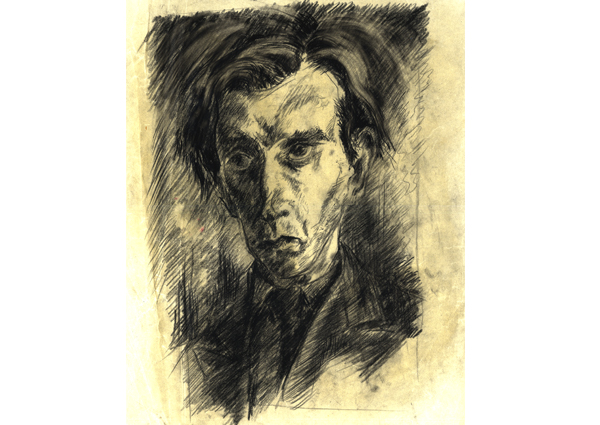
Ulrich Kessler. Piano pieces
The Ulrich Kessler Archive in the Performing Arts department of the Archives comprises about 400 note autograph manuscripts, drawings, letters and a pocket calendar with diary-style entries. The piano pieces that can be listened to here were played by pianist Corinna Fuhrmann from 2012 to 2015. The music of Ulrich Kessler was to be made available to the public as there had been no previous recordings. The recordings were made in the studio hall of the Akademie der Künste at Hanseatenweg.
(149 titles)

Alice Lex-Nerlinger. Art works
The bequest of painter and photomontage artist Alice Lex-Nerlinger in the Art Collection comprises twelve photomontages and collages, including nine picture book pages from 1928. Some 40 photos and photograms document her experiments with photographic techniques during the 1920s and thematically reflect the artist’s political commitment. The holdings also include about 130 drawings and 40 prints, in particular from the period of “inner emigration” from 1933 and the creative periods after the Second World War.
(213 titles)
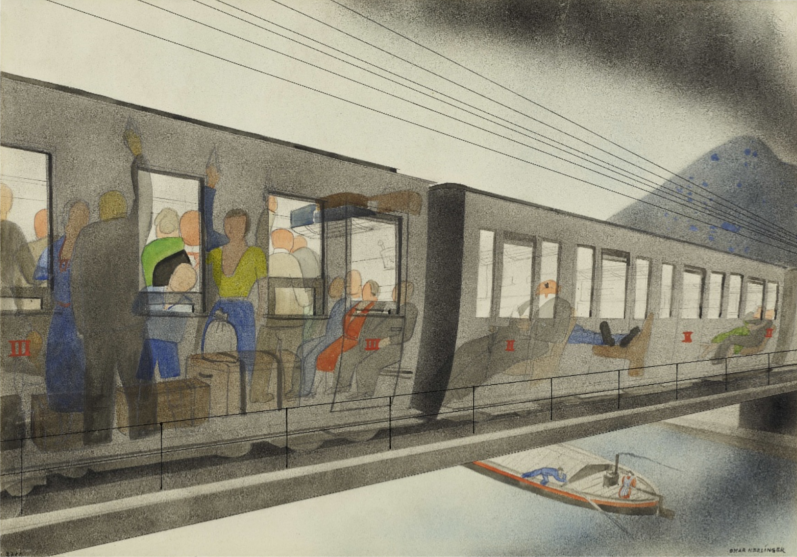
Oskar Nerlinger. Art works
As a pioneer of photography throughout the 1920s, Oskar Nerlinger (1893-1969) created experimental photograms and avant-garde photo collages. His commercial designs from this period impress with their innovative typography and reference Nerlinger’s constructivist works. His artistic diversity is also reflected in his bequest, which is housed in the Art Collection. It includes over 3,500 drawings from all periods of the artist’s career: early abstract works, watercolour landscapes from the period after 1933 and drawings from his working life in the GDR. In addition to about 330 photographic works, the holdings also include 58 paintings and about 400 prints.
(6001 titles)
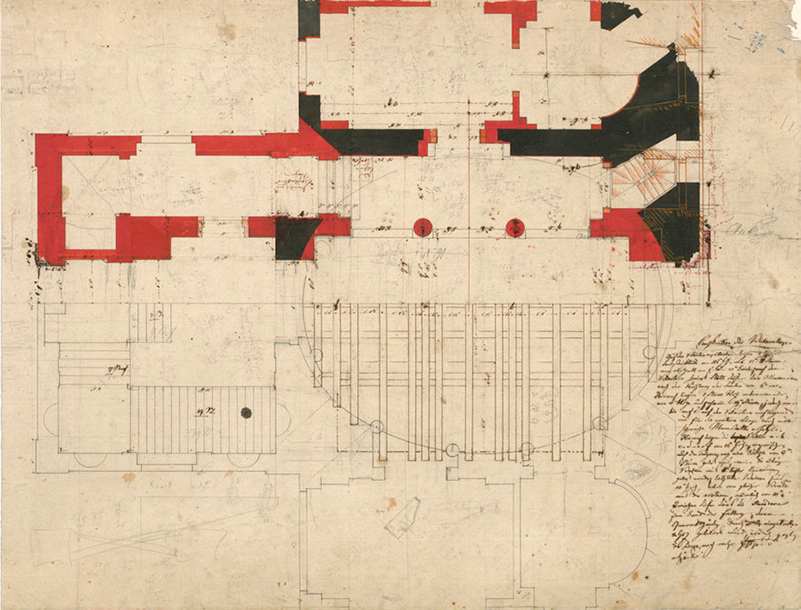
Prussian Academy of Arts. Architectural drawings and models
The holdings mainly date from the period from about 1770 to about 1820. In addition to two models – including one by Antonio Chichi (1743–1816) – the collection also includes drawings by Friedrich Gilly (1772–1800), Martin Friedrich Rabe (1775–1856), Karl Friedrich Schinkel (1781–1841) and Heinrich Gentz (1766–1811). Further sketches and drawings are by 19th-century architects who trained at the Academy in Berlin.
(170 titles)
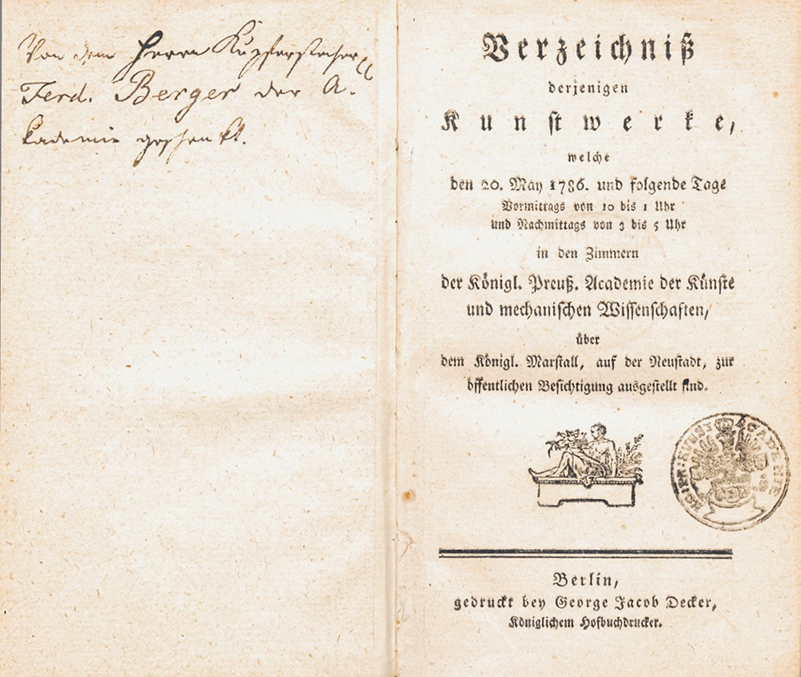
Prussian Academy of Arts. Exhibition catalogue 1786‐1943
From 1786 to 1943, art exhibitions organised by the Prussian Academy of Arts were a key medium of artistic and cultural life in Berlin for a long time, enjoying recognition throughout the whole of Germany. For the first time ever, artists from Berlin and beyond had the opportunity to show and sell their works here.
The exhibitions were documented in catalogues from 1786. These rare directories provide detailed information on the participating artists, many of whom were members or students of the Academy, as well as on art collectors and the exhibited works that were perhaps available for sale.
(64 titles)
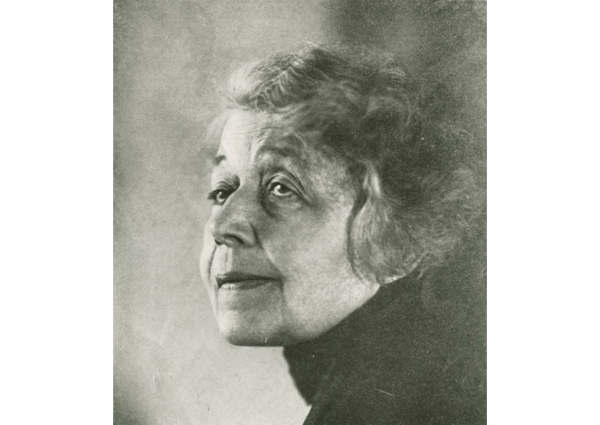
Prussian Academy of Arts. Members’ portraits
Photo collection of the Akademie der Künste, Berlin from when it was founded in 1694/96 by Elector Frederick III and later King Frederick I until the dissolution of the State of Prussia in 1945. The selection of collected portraits of artists of the Prussian Academy of Arts from the Imperial era and the Weimar Republic (c. 1871 to 1933), including presidents Anton von Werner, Carl Becker, Hermann Ende and Franz Schwechten, as well as members of the Visual Arts Section (including Adolph Menzel, Otto Knille, Carl Gussow, Mihály Munkácsy, Käthe Kollwitz and Heinrich Zille), the Music Section (Joseph Joachim, Max Bruch, Jean Sibelius, Alban Berg) and the Section for Poetry (Hermann Hesse, Ricarda Huch, Gerhart Hauptmann).
(284 titles)
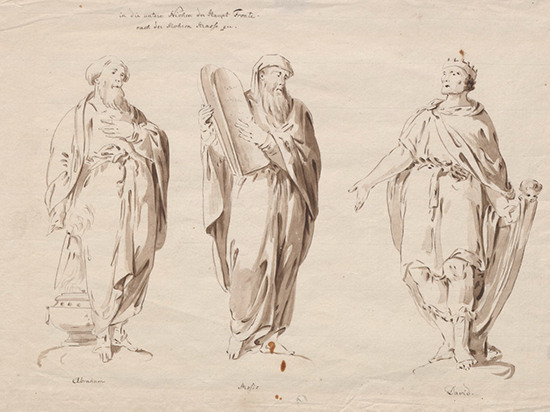
Bernhard Rode. Designs for the scuptural programme of the Deutscher Dom
Berlin history painter Christian Bernhard Rode (1725-1797) had been a member of the Prussian Academy of Arts since 1756 – in 1783 he advanced to the position of director. In addition to his extensive graphic work and some single-page drawings, the art collection also preserves his drawings for the sculptural programme of the Deutscher Dom at Gendarmenmarkt in Berlin. The masterly drawings illustrate an architectural programme, aimed at enlightening and educating passers by. In combination with Chodowiecki’s drawings for the neighbouring Französischer Dom, which are also kept at the Akademie der Künste’s Art collection, Rode’s works offer rare and fascinating insights into artistic practice in Berlin during the times of Frederick the Great.
(30 titles)
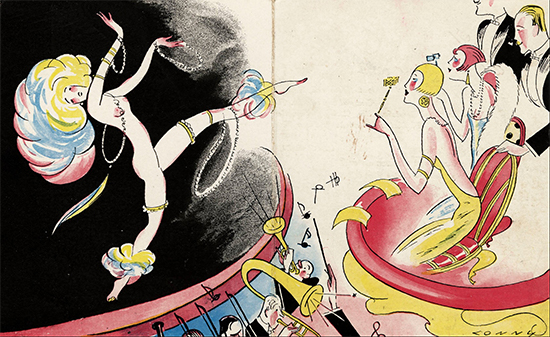
Marcellus Schiffer. Drawings
The artistic bequest of Marcellus Schiffer includes manuscripts of his books of song lyrics for the cabaret shows by Mischa Spoliansky and Friedrich Hollaender and numerous song texts, sketches and scene texts for the cabaret of the 1920s. For Paul Hindemith, Schiffer wrote the libretto for his opera Neues vom Tage, which has been preserved in the archive. Numerous draft manuscripts for novels and stories have also been passed down. The archive is heavily intertwined with that of his wife, diseuse Margo Lion, whose artistic legacy is also part of the joint Schiffer-Lion archive.
(39 titles)
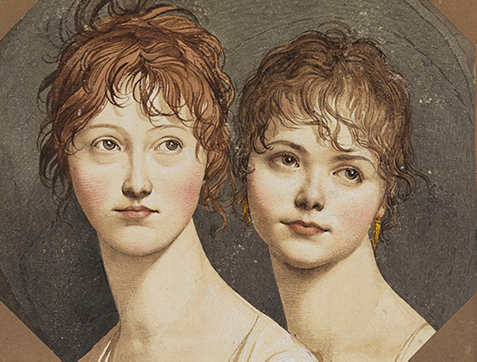
Johann Gottfried Schadow
The bequest of the sculptor, draughsman and printmaker Johann Gottfried Schadow (1764-1850) comprises more than 1,200 works including eleven sculptures and 17 printed graphic works. Schadow left a substantial mark on the institution as director of the Prussian Academy of Arts from 1816 until his death, and is to be counted among the most outstanding and remarkable artistic talents of the 19th century The majority of the collection consists of sketches and highly finished drawings, including portraits and caricatures of his contemporaries, drawings based on ancient sculptures, designs for monuments, and a series of charming drawings and etchings capturing the elegant movements of the Viganò dance duo. (1796/97).
(1208 titles)
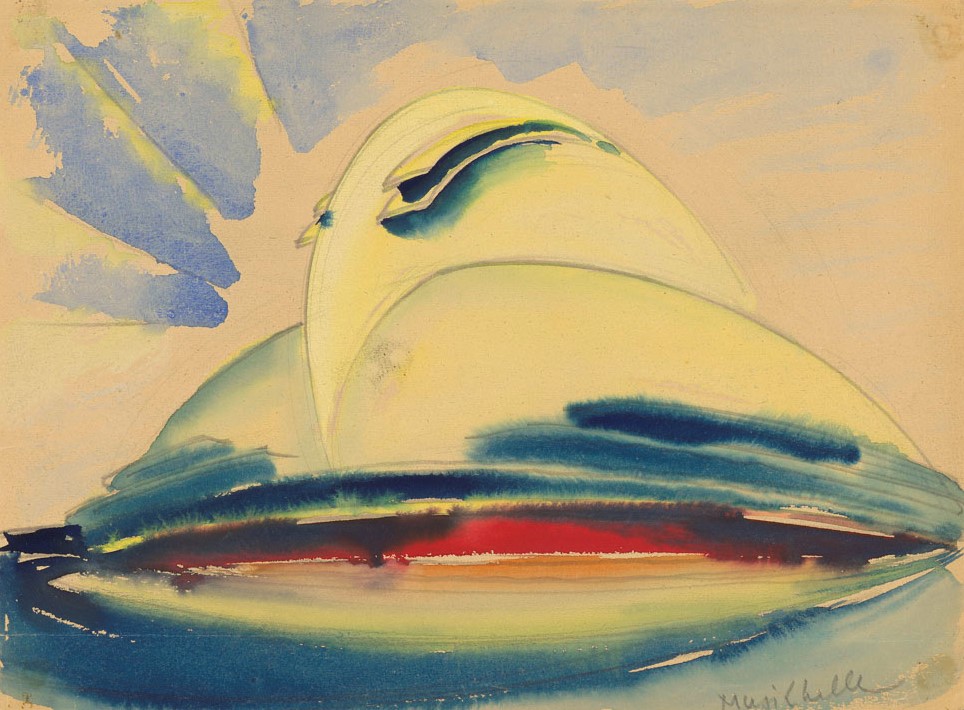
Hans Scharoun. Pläne und Zeichnungen
In addition to biographical material, the Hans Scharoun Archive includes over 1,000 of his students' drawings as well as utopian architectural designs dating from 1909 to 1945. A total of 341 building projects and designs are documented by models, photographs, plans and written materials. Furthermore, the lecture manuscripts from Hans Scharoun's time teaching at the Technische Universität Berlin and correspondence with artists and architects from his time as president of the Academy of the Arts (West Berlin).
(212 titles)
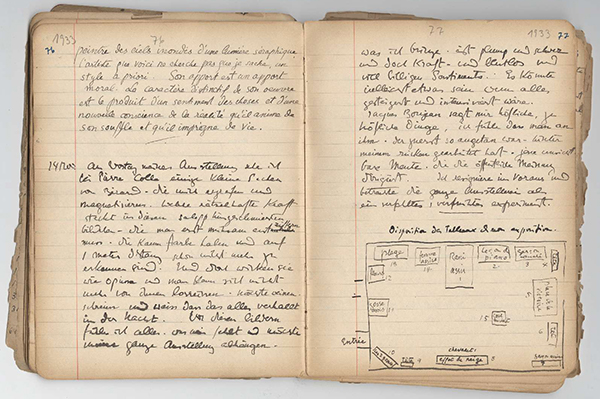
Paul Strecker. Diaries 1917-1950
Paul Strecker (1898–1950) not only worked as a painter and set designer but also as a writer, critic and journalist. His bequest contained figurines and draft set designs as well as numerous typescripts of literary texts. The archive centres around eleven diaries dating from 1917 to 1950 containing more than 1,700 pages. Because Strecker lived in Paris from 1924 to 1944, his records provide unique information on the German-French art scene of the time. Strecker reflected on his own artistic development and gave detailed descriptions of exhibitions, trips and encounters with fellow artists in both countries.
(11 titles)

Bruno Taut. Alpine Architektur
Under the impression of the First World War, Bruno Taut (1880-1938) designed the utopia of reconstructing the world with his Alpine Architektur project in 1917/18. The series of large format pencil and pen drawings, some of which are painted in watercolours, are considered to be Bruno Taut’s magnum opus as one of the most important Modernist architects of the 20th century. The collection of the Bruno Taut archive includes all original drawings and first editions of the publication Alpine Architektur in 5 Teilen und 30 Zeichnungen by Folkwang-Verlag, 1919.
(36 titles)
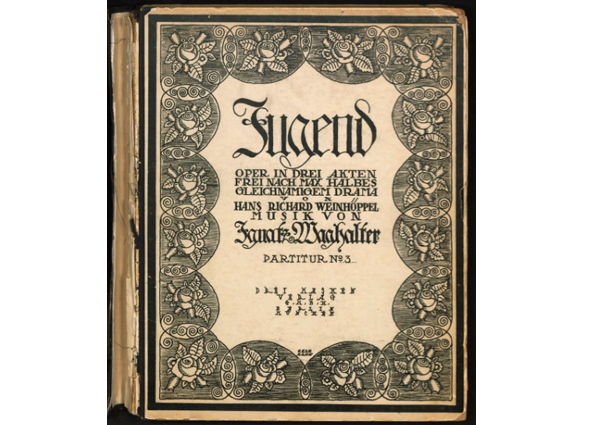
Jugend – an early opera by composer Ignatz Waghalter
Conductor and composer Ignatz Waghalter, born in 1881 in Warsaw, attended the master class in composition directed by Friedrich Gernsheim at the Prussian Academy of Arts around 1900. When he was working as a conductor at the newly opened Deutsche Oper Charlottenburg, he wrote the opera Jugend in 1917 using a libretto written by Hans Richard Weinhöppel loosely based on Max Halbe. Forced into exile in 1934, Waghalter died in New York in 1949.
(1 title)
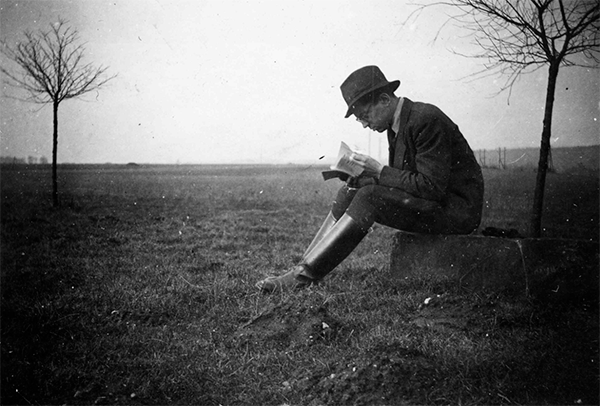
Bernd Alois Zimmermann. Composition sketches
The most informative sources in the bequest of Bernd Alois Zimmermann include – in addition to very extensive correspondence – the many surviving documents on the creation of his compositions. The outlines and drafts of works such as Dialoge, Présence and Concerto en forme de “pas de trois” show the huge amount of work the composer put into preparing his “pluralistic” creations of the 1960s: from deriving all of the musical parameters from proportion arrangements to outlines that are still far from the definitive structure to ascertaining the texture in the particell for the first time.
(3 titles)
Archive Catalogue and Catalogues of Works

Archive database of the Akademie der Künste
The archive database has been available online since December 2015 and is updated on a regular basis. It contains information on all of the archival holdings and lists over one million archive documents and over 500,000 analogue and digital copies of archival documents (media files). The database is the most important research resource for using the holdings.
(1,250,000 titles)
John Heartfield. Pictorial Works
The pictorial bequest of John Heartfield comprises 298 original montages, about 1,000 press prints and 1,800 book design works, approx. 700 drawings and a bequest library of 604 books and brochures. The collection of montage material includes some 900 objects, including cut out photographs and research material. Since 2018, the online presentation HEARTFIELD ONLINE provides the opportunity to view and research the entire graphic bequest of over 6,000 objects. The online catalogue provides the opportunity to explore Heartfield’s work intuitively and associatively or to search for objects and groups of works in a targeted manner.
(6261 titles)

Prussian Academy of Arts. Exhibition catalogue 1786‐1943
From 1786 to 1943, art exhibitions organised by the Prussian Academy of Arts were a key medium of artistic and cultural life in Berlin for a long time, enjoying recognition throughout the whole of Germany. For the first time ever, artists from Berlin and beyond had the opportunity to show and sell their works here.
The exhibitions were documented in catalogues from 1786. These rare directories provide detailed information on the participating artists, many of whom were members or students of the Academy, as well as on art collectors and the exhibited works that were perhaps available for sale.
(170 titles)
Exhibitions

Oscar Begas and the Rome Award
The work of the Begas family of artists from Berlin is closely connected to the Academy of Arts in Berlin. In 1852, painter Oscar Begas (1828-1883) won the Academy’s Rome Award. During his years in Italy, throughout which he remained in constant contact by letter with his father Carl Joseph Begas the Elder, he matured as an artistic personality. He was awarded the gold medal for his contribution to the Academic Art Exhibition in 1854 and was in great demand in Berlin as a portrait artist after his return. The presentation recounts Oscar Begas’ time in Rome through letters, works of art and documents.
(1 title)
Kosmos Heartfield
Under the title Kosmos Heartfield, the virtual exhibition shows photographs, documents and audio-visual accounts of the life and work of John Heartfield, the pioneer of photomontage, giving new impetus to the study of this political artist. The presentation illustrates his network of artists, including important contemporaries such as Bertolt Brecht, George Grosz, Wieland Herzfelde and Erwin Piscator, and demonstrates the multi-faceted nature of John Heartfield’s artistic oeuvre.
(1 title)
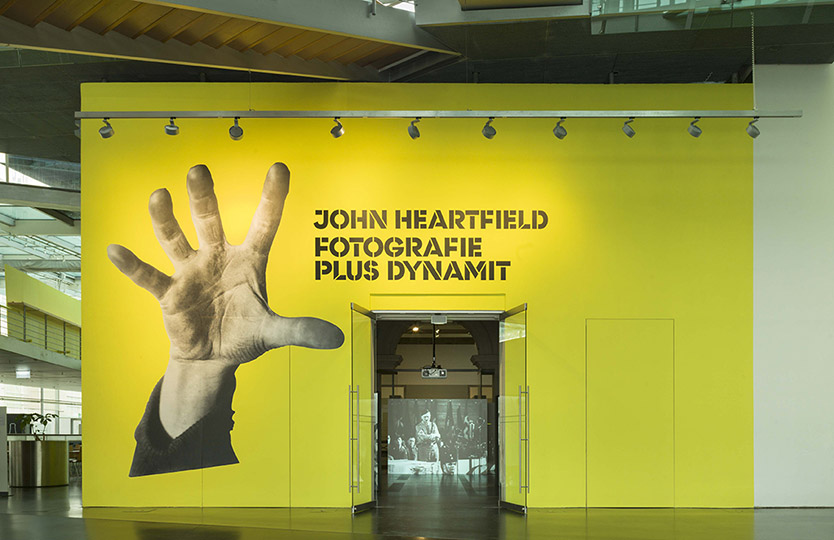
John Heartfield. 360° Panoramic Tour
The interactive 360° panoramic tour provides users with the opportunity to explore the exhibition halls of the “John Heartfield – Fotografie plus Dynamit” exhibition and the accompanying stations outside in the foyer of the Akademie der Künste at Pariser Platz. A map guides users around the exhibition and allows them to examine the exhibits up close and in detail. Additional information can be clicked on and many striking objects contain information from the Heartfield online digital catalogue.
(1 title)

Heinrich Mann. LIFE, WORK, ESTATE – A TRANSNATIONAL RECONSTRUCTION
Heinrich Mann's estate is scattered across numerous archives all around the world. This is no coincidence but rather the result of the rifts and upheavals of the 20th century and thus the biography of the writer. Based on the most important places of work in his life, the virtual exhibition by the Literature Archive of the Akademie der Künste, Berlin tells the history of the estate and introduces the international Heinrich Mann DIGITAL cooperation project, which brings all of Heinrich Mann's manuscripts, notebooks and letters together for the first time on an online portal.
(1 title)
Editions and research
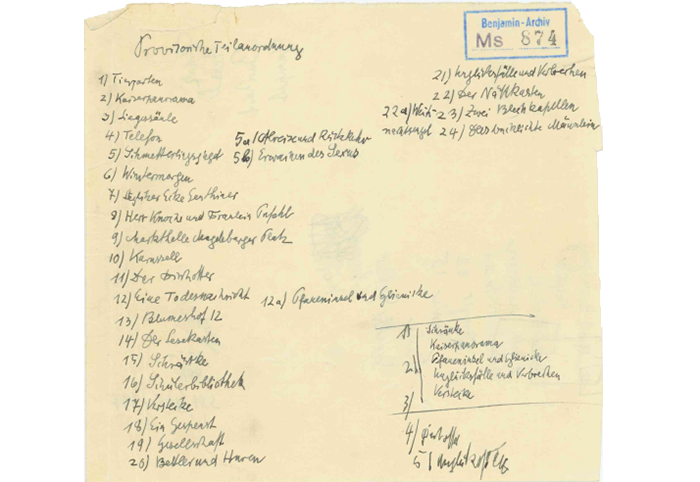
Edition of works by Walter Benjamin
Walter Benjamin Digital is the digital supplement to the print edition, Walter Benjamin: Werke und Nachlaß. Kritische Gesamtausgabe, which has been published by Suhrkamp Verlag since 2008 and comprises twenty-one volumes. It is published on behalf of the Hamburg Foundation for the Promotion of Science and Culture by Christoph Gödde and Henri Lonitz in collaboration with the Walter Benjamin Archive of the Akademie der Künste, Berlin. Walter Benjamin Digital allows users to research complete texts according to various criteria: Under “Edition”, the material is arranged according to the printed publication, “Archive” lists the manuscripts in their archival context, ordered according to archives and call numbers, and “Items” can be used to access thematically related recordings, drafts and versions via various text media. The presentation of manuscripts and overlaid transcriptions provides access to the labyrinth of Benjamin’s texts according to the user's prefrences; they allow the reader to experiment using the available electronic aids.
(1 title)

Bertolt Brecht. Notebooks
Bertolt Brecht liked to use notebooks all his life: They often contain the earliest version of his writings. Fifty-four notebooks, numerous individual pages from notebooks and two extensive address books from the period from 1918 until his death in 1956 have been passed down. They contain concepts and drafts for almost all of his published works and many notes that were not further elaborated, collections of material and reminders, as well as addresses and appointments. Collectively, they form a link between life and writing: Brecht’s first portable archive “zur Selbstverständigung” (on self-reflection).
The fourteenvolume historical-critical Notebook publication (NBA), edited by Martin Kölbel and Peter Villwock and published by Suhrkamp Verlag, documents each page in full in the form of reproductions and transcripts and expands upon the entries by providing explanatory notes. The electronic edition (EE) supplements and substantiates the published book.(1 title)
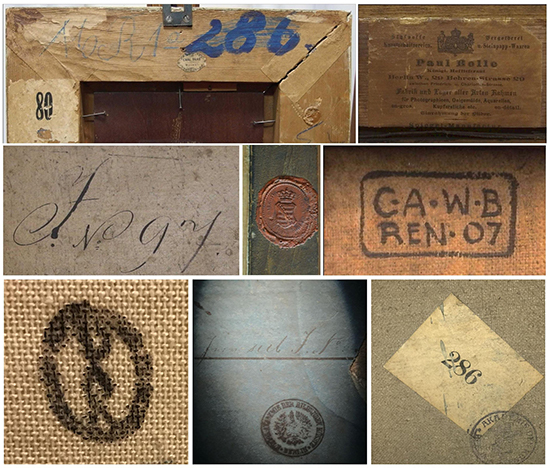
Provenance research
The art collection of the Akademie der Künste systematically researched the origin of 223 paintings and 170 sculptures created before 1945 as part of a project funded by the German Lost Art Foundation (DZK) from 2017 to 2021. Some interesting cases with various stories of origin are presented as examples in this digital archive window. All of the paintings and sculptures are documented in our archive data base.
(12 titles)